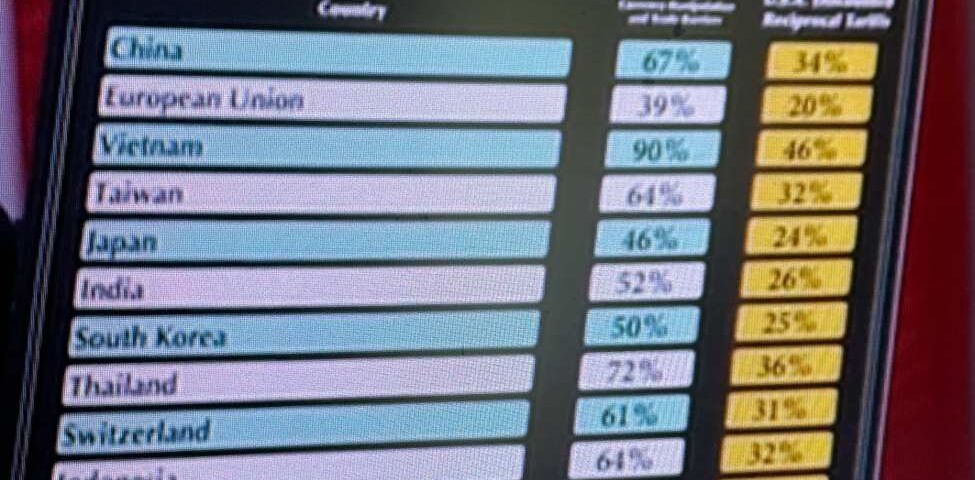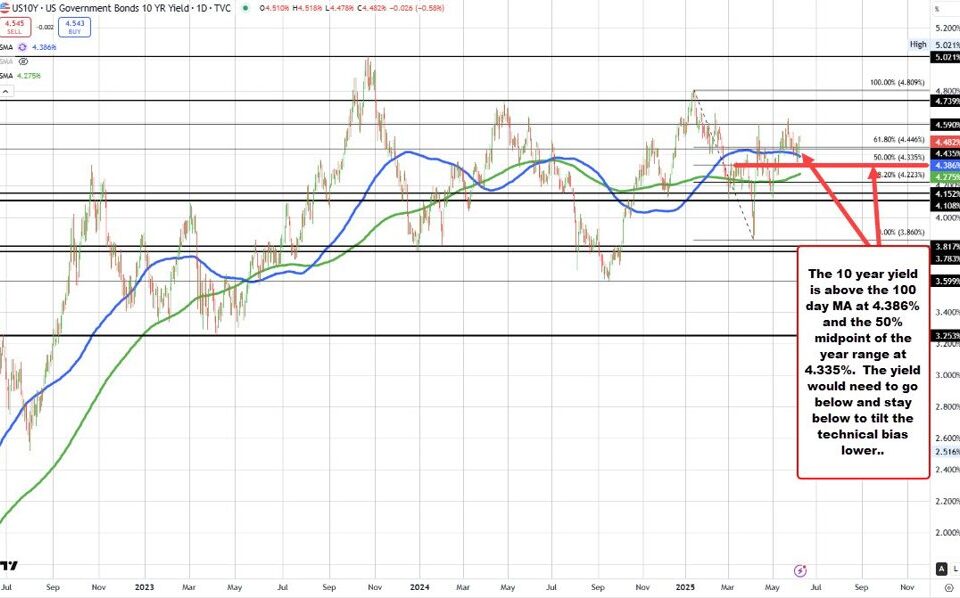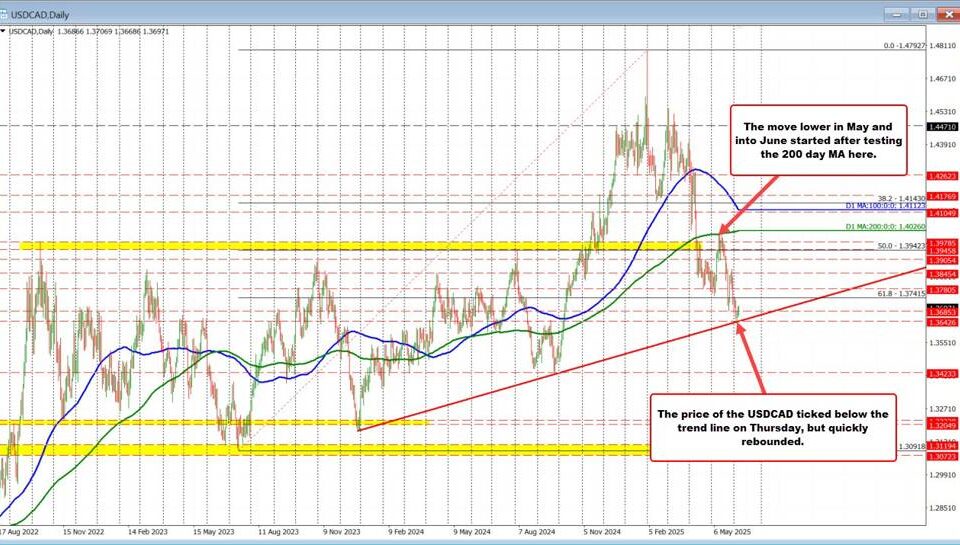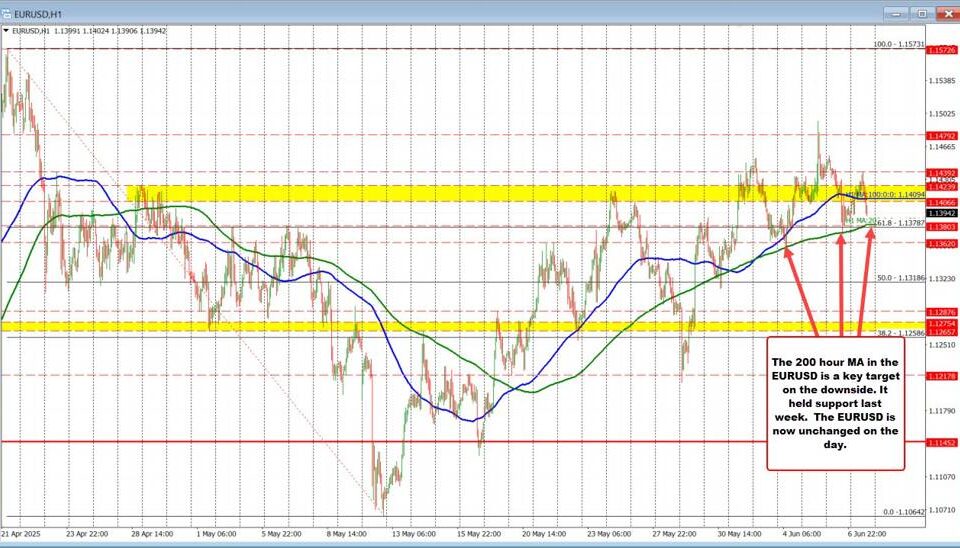Alec Baldwin’s ‘Pre-Civil War’ Comment: Analyzing America’s Political Polarization
Tháng 4 2, 2025
Weaponized Lawfare: The Strategic Manipulation of Legal Systems in Politics
Tháng 4 2, 2025U.S. Tariffs and Their Impact on Financial Markets: An Overview
In recent weeks, the U.S. stock market has faced turbulence largely due to the announcement of reciprocal tariffs by President Trump, effective April 2. This decision aims to address trade imbalances and increase government revenue, but the implications for the economy and investors are significant. For a broader understanding of how such trade policies can influence investor decisions, you might consider exploring the key investment mistakes to avoid in 2023 outlined in this blog.
Understanding the Tariffs
The tariff announcement marks a critical shift in U.S. trade policy, targeting a wide assortment of trading partners. President Trump’s administration has outlined plans implementing an average tariff of 15% on the United States’ 15 largest trade partners. Notably, tariffs on nations like China, as well as key categories such as steel, aluminum, and automobiles, could be even steeper. These measures are positioned as corrections to longstanding trade discrepancies, presenting both opportunities and challenges ahead. The situation reminds us of the commitments made by global leaders, such as China’s President Xi Jinping, to maintain international stability amid rising tensions, as discussed in the blog.
Market Reactions to Tariff Announcements
Naturally, the introduction of these tariffs prompted immediate reactions in financial markets. Major indices such as the Dow Jones Industrial Average, the S&P 500, and the NASDAQ Composite witnessed notable declines leading up to the tariff announcement. Investors have expressed unease, driven by concerns about the tariffs’ potential repercussions—particularly regarding retaliatory actions from other countries. The uncertainty surrounding these retaliations has further fueled a bearish sentiment in the market, causing a ripple effect through various sectors. Understanding how tariffs and trade policies influence currency movements can provide valuable insights into these market reactions, as explored in the analysis of the GBP/USD currency pair’s trading range in this blog.
Potential Economic Ramifications
The possible economic impact of the tariffs cannot be overstated. With tariffs expected to impose an average rate of 15% across key trading partners, stakeholders in the trading and manufacturing sectors are bracing for a potential shake-up in their operations. Industries that heavily rely on imports may find themselves at a disadvantage, confronting increased costs that could be passed on to consumers. This scenario raises pressing questions about future inflation and the overall health of the U.S. economy. Analysts are closely monitoring how these tariffs will influence domestic production, supply chains, and consumer behavior.
Labor Market Dynamics Amid Trade Concerns
Interestingly, while these trade policies introduce significant uncertainties into the market, recent data reveals that the U.S. labor market showed signs of growth. March statistics indicate an increase in private payrolls, hinting that businesses are still hiring despite the tumultuous economic landscape. However, there are indications that job openings may be cooling, suggesting that businesses are becoming cautious about future hiring amid increased anxiety concerning trade policies and economic volatility.
Conclusion
In summary, the recent imposition of tariffs by the U.S. government signifies a pivotal moment in international trade relations, prompting both investment caution and economic opportunity. While the stock market has reacted with trepidation, the growth in the labor market suggests resilience among U.S. businesses. As the situation develops, investors, economists, and policymakers alike will need to remain vigilant, considering both the immediate and long-term implications of these trade strategies. The uncertainty brought about by these changes underscores the intricate relationship between policy decisions and economic outcomes, making it crucial for stakeholders to stay informed as the landscape continues to evolve.




